It’s on the strength of observation and reflection that one finds a way. So we must dig and delve unceasingly. –Claude Monet
What influence painter Claude Monet has had on public gardening that up in the Northwoods of Minnesota in the little city of Brainerd is a Monet garden! Last weekend Chris and I went to Northland Arboretum, 500 acres on the outskirts of Brainerd. A beautiful log visitor’s center sits on the hillside with a little waterfall garden situated on the other side of the parking lot.
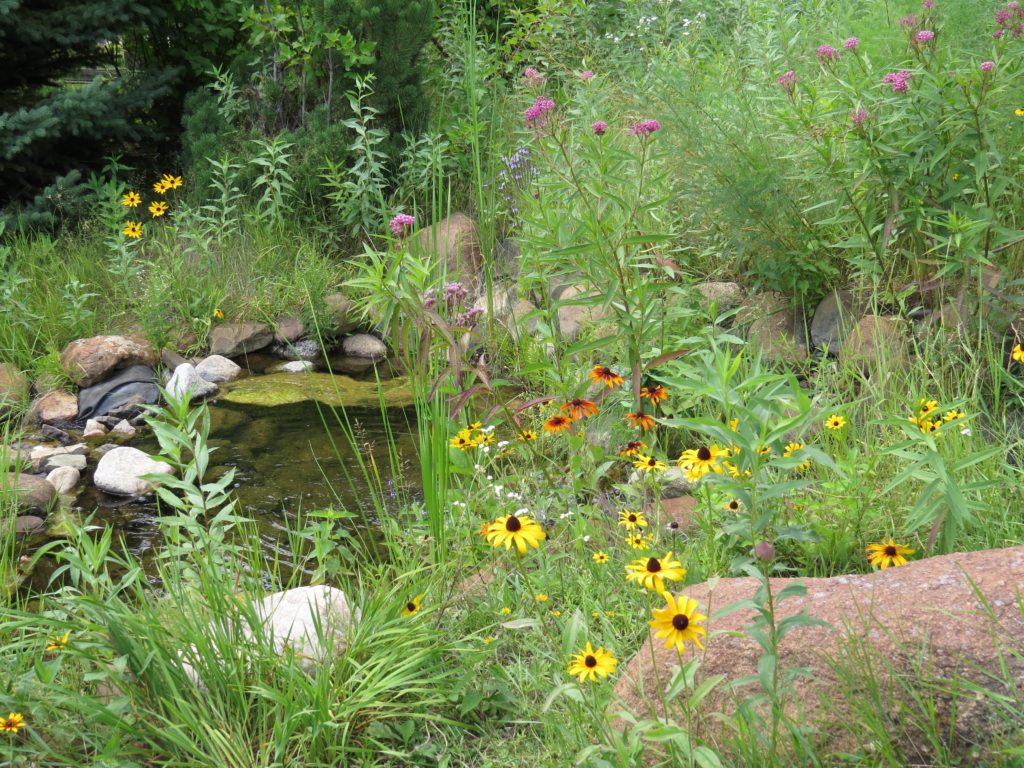
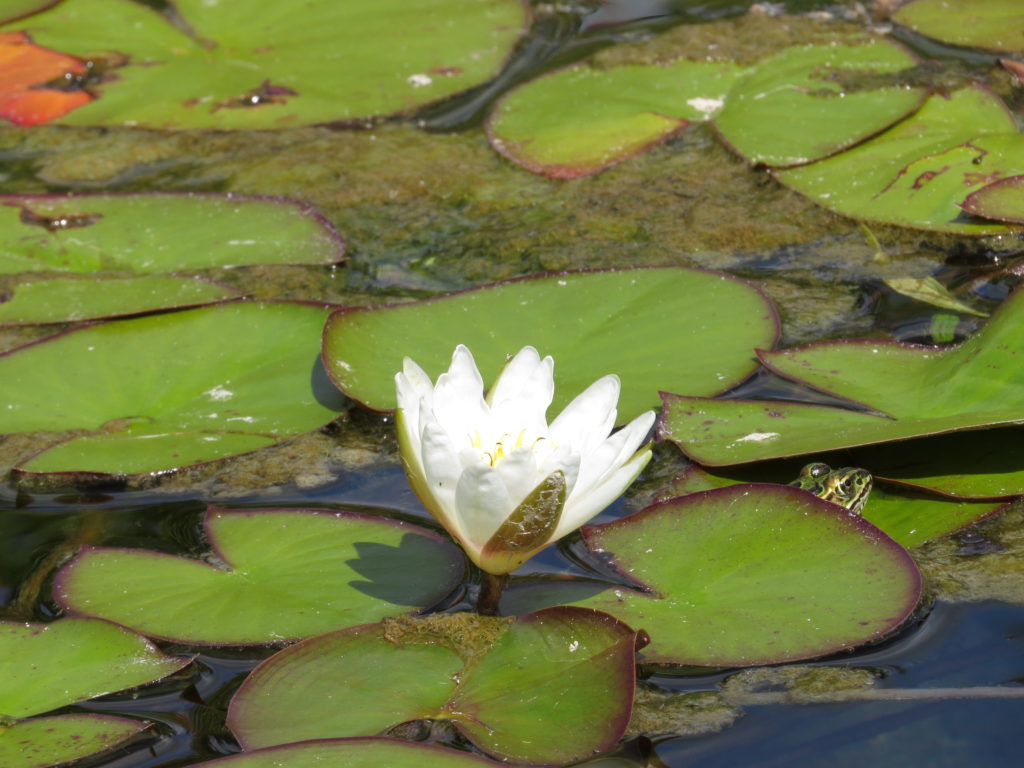
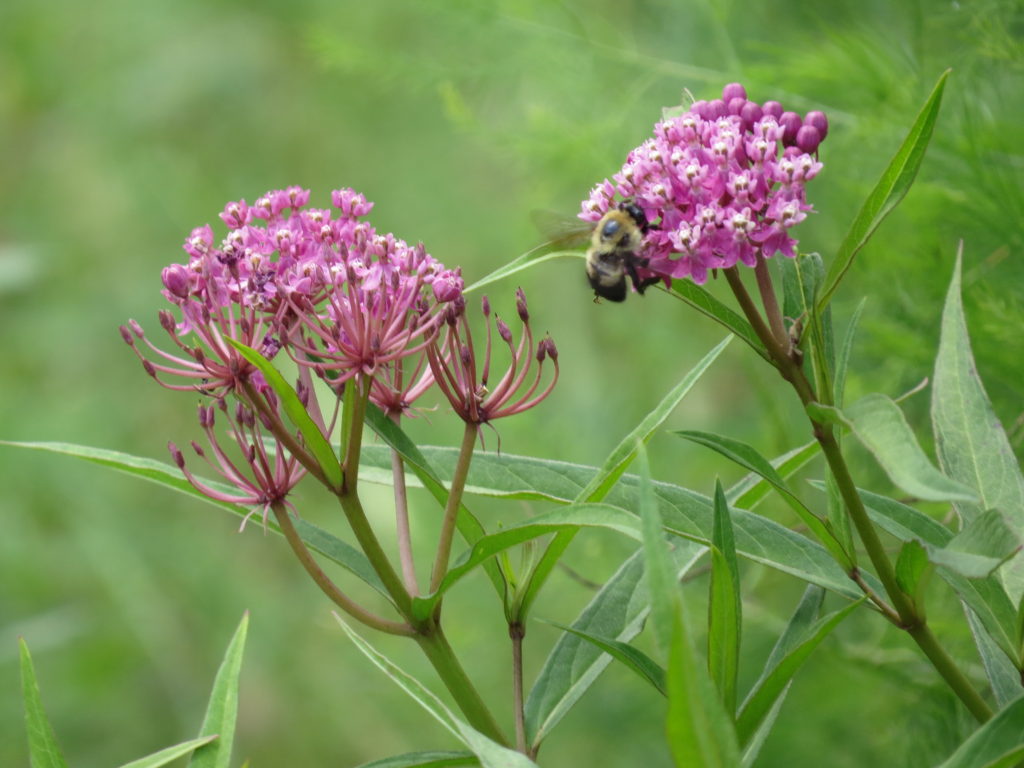
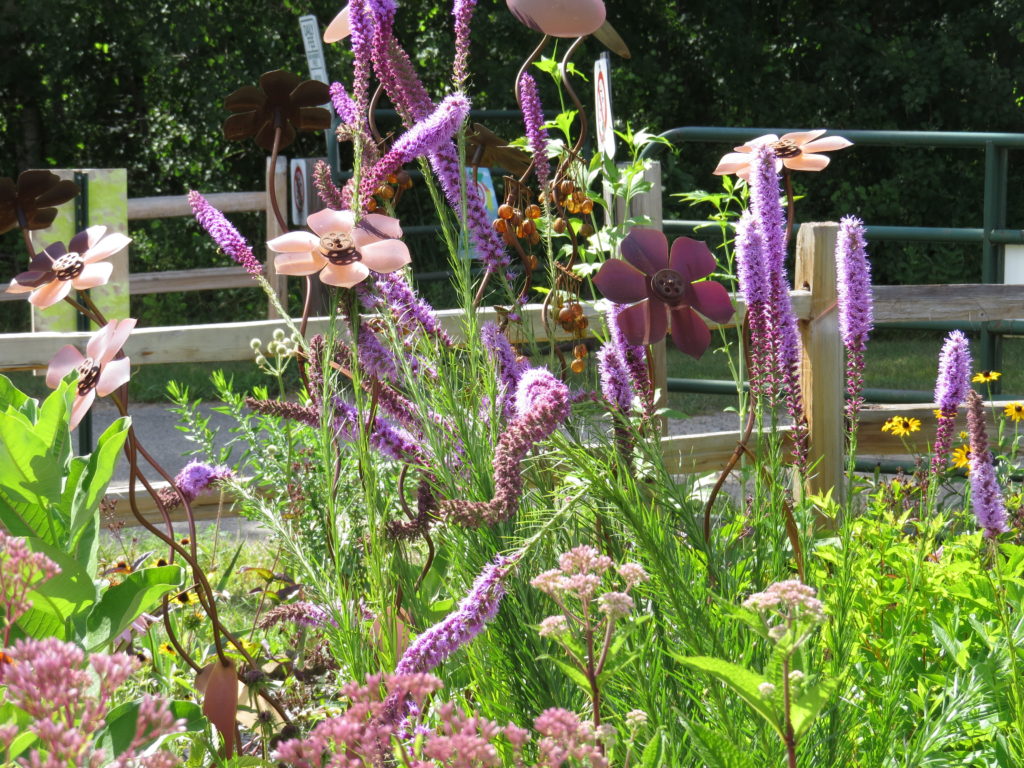
We were invited to discover the Monet garden on the way to the hiking trails. We crossed the curved Japanese-inspired bridge like the one that Monet originally built on his Giverny garden and pond. As we circled the pond, we passed by Arrowheads, Cardinal flowers, showy red Monarda, and of course, the famous White Water Lily!
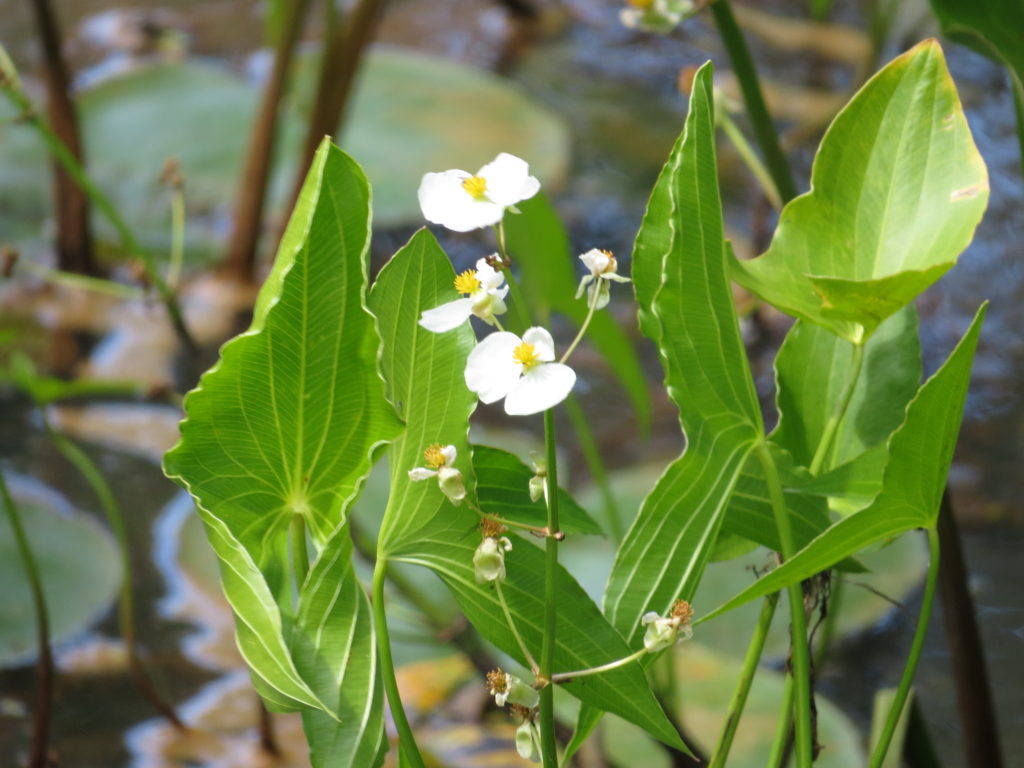
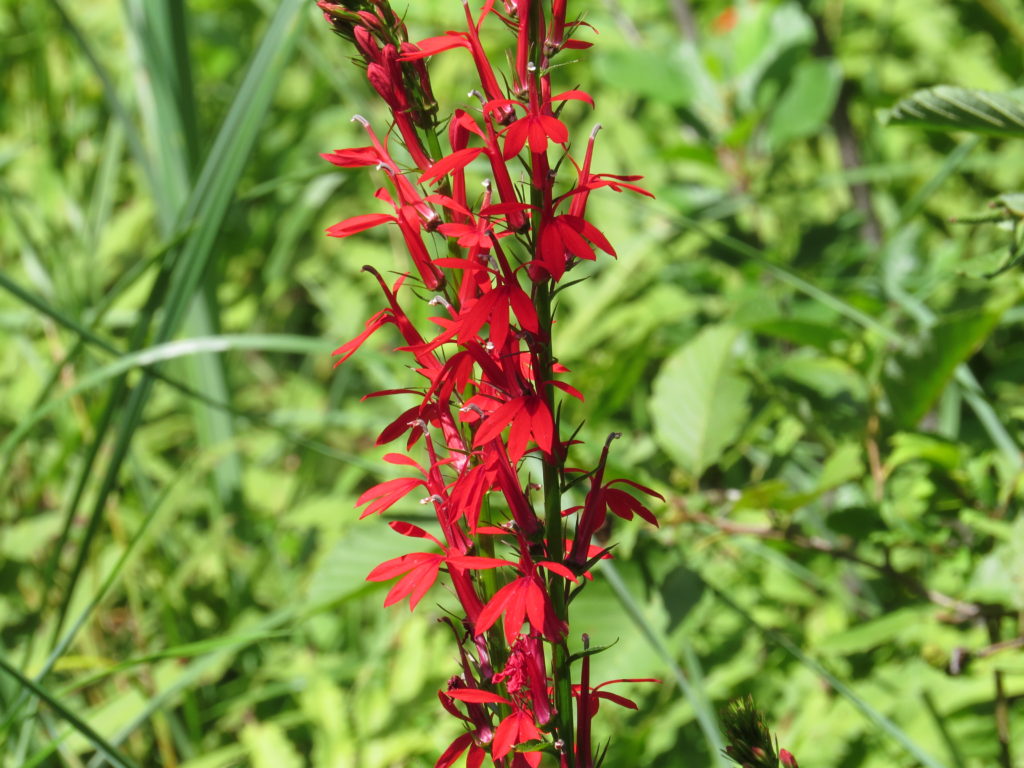
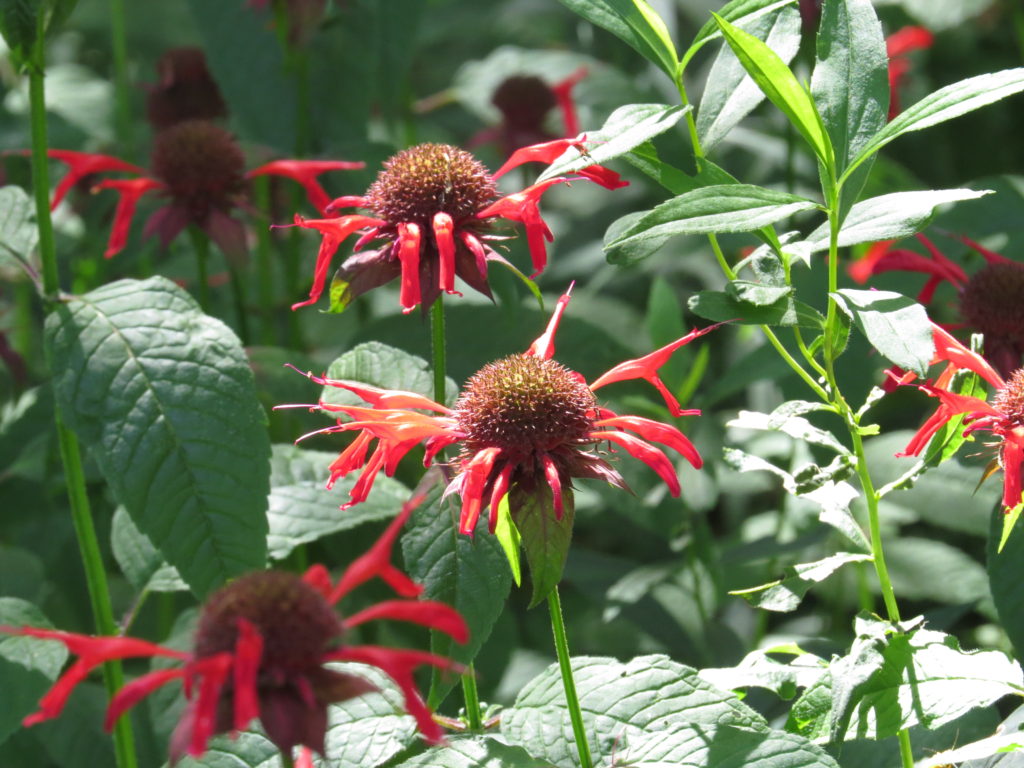
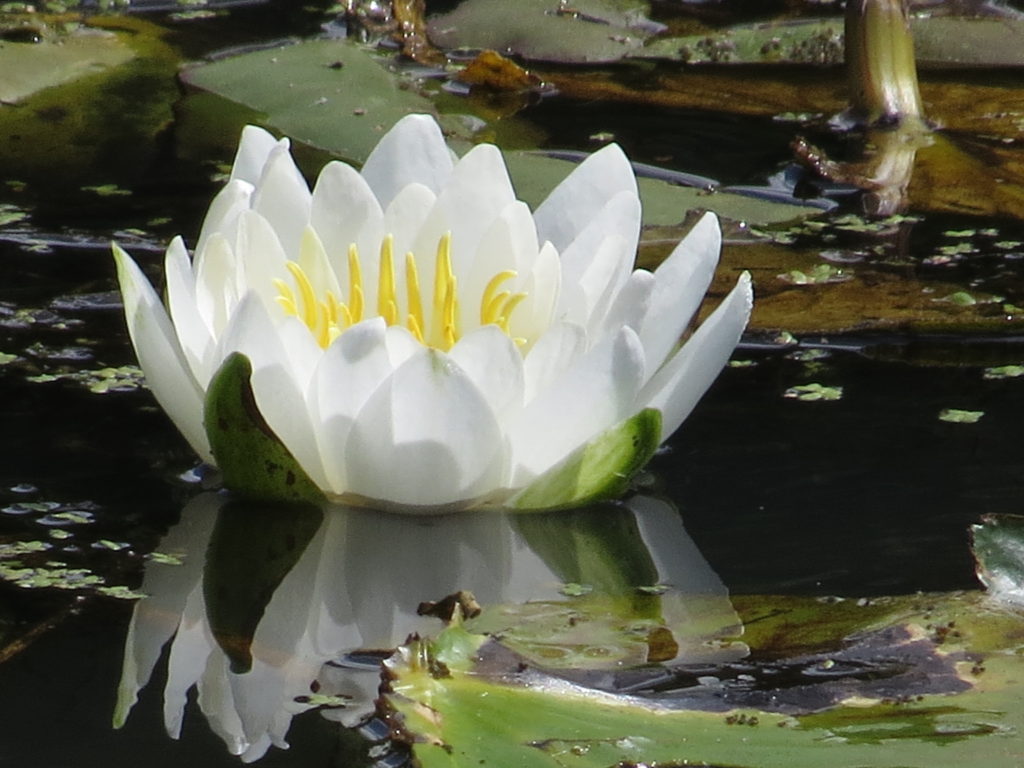
It was the wildest looking garden I have ever seen—literally wild, as opposed to manicured, following Monet’s idea of not liking organized or constrained gardens. And from the other side of the pond, we viewed the Northwood’s reproduction of Monet’s most famous scene from his Giverny garden.
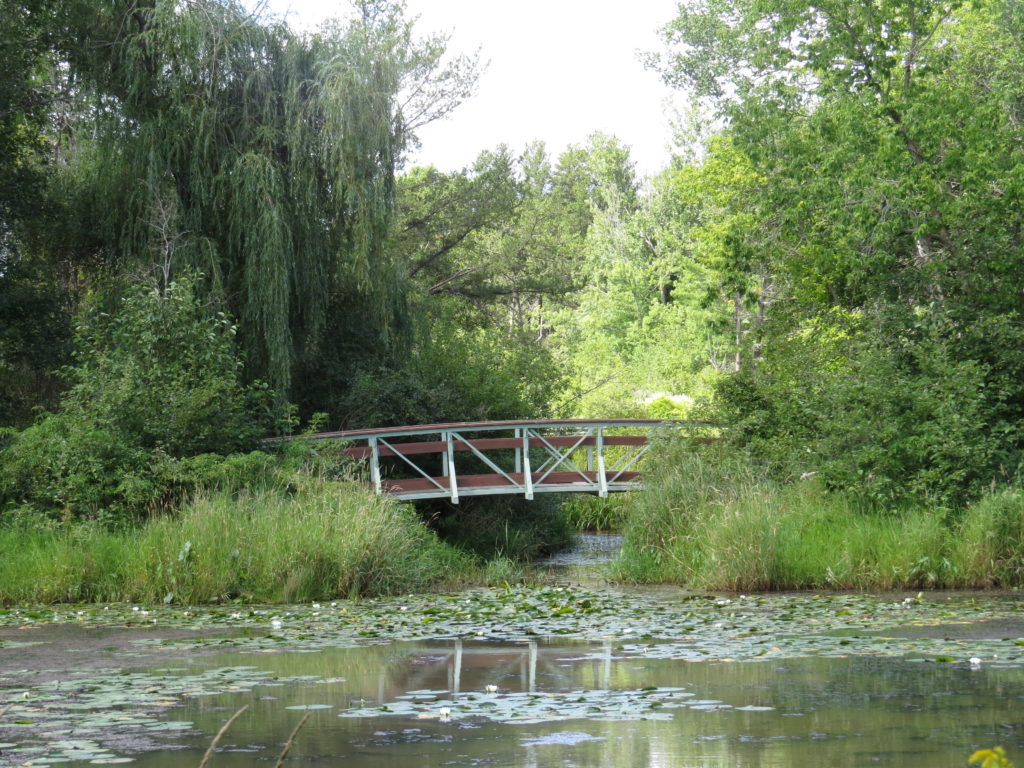
We hiked on and soon found ourselves in a Jack Pine savanna. The soil was sandy, the terrain rolling, and Jack Pines and Bur Oak trees grew side by side. Prairie grasses like Big Bluestem and Indian grass lined the trail and were in full bloom along with other late summer flowers.
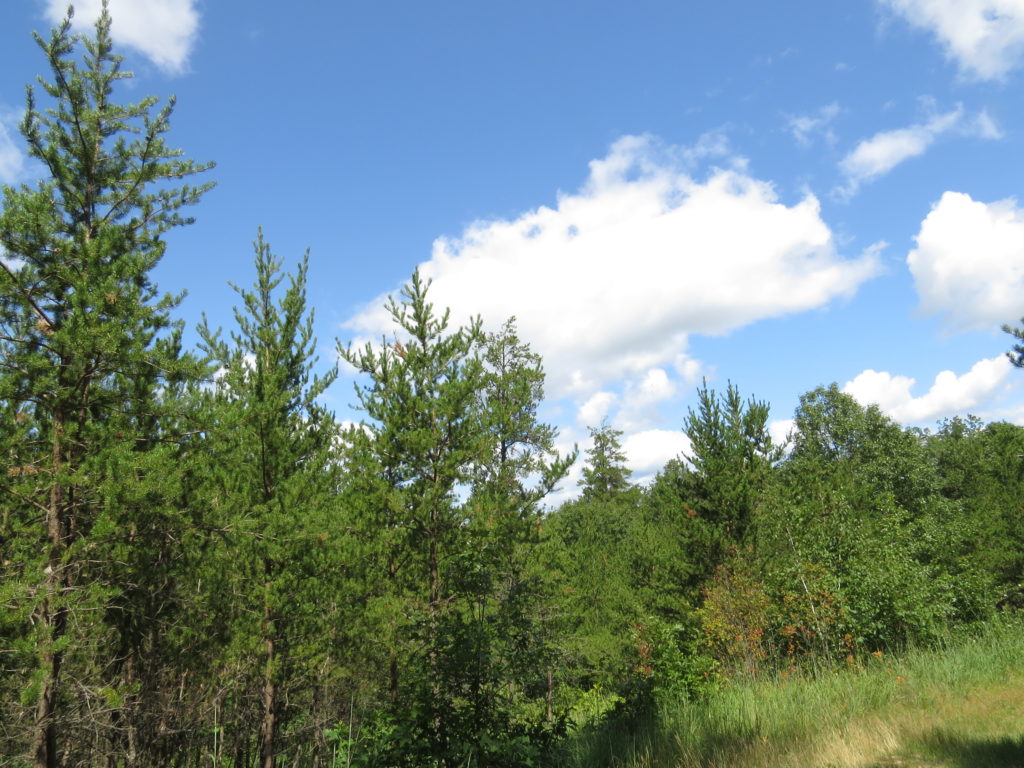
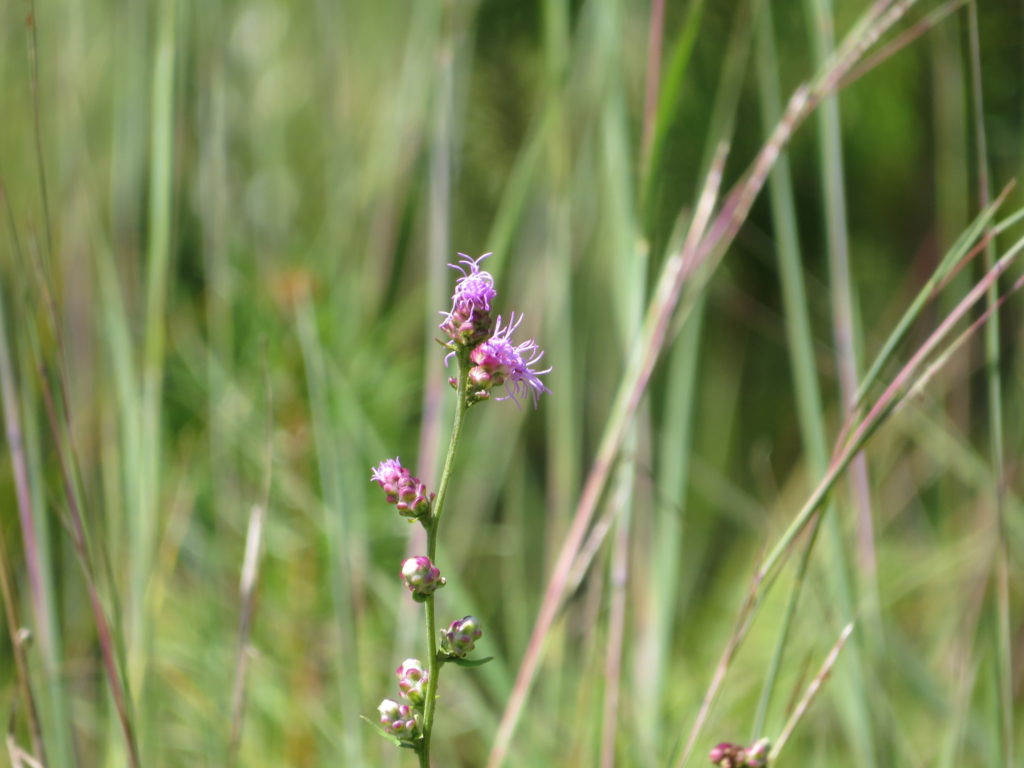
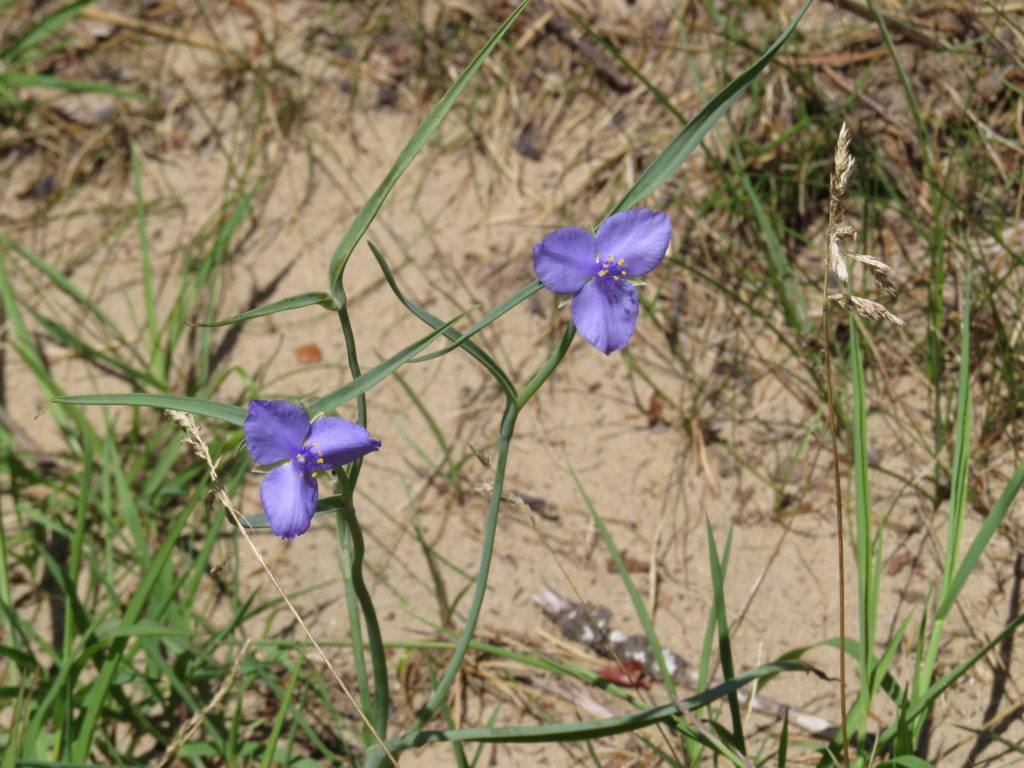
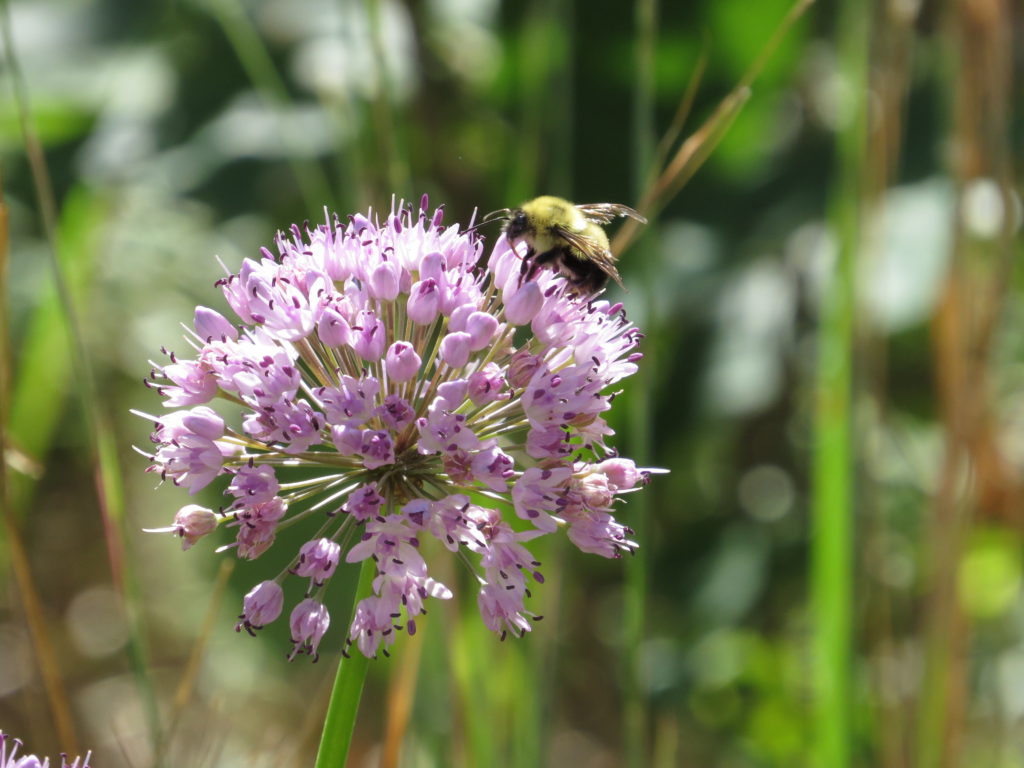
We noticed Wild Blueberries growing on the sandy hillsides and lots and lots of Hazelnut shrubs, most of which were already void of their husk-protected nuts. I commented to Chris that this would be a good place for bears to live with all this food!
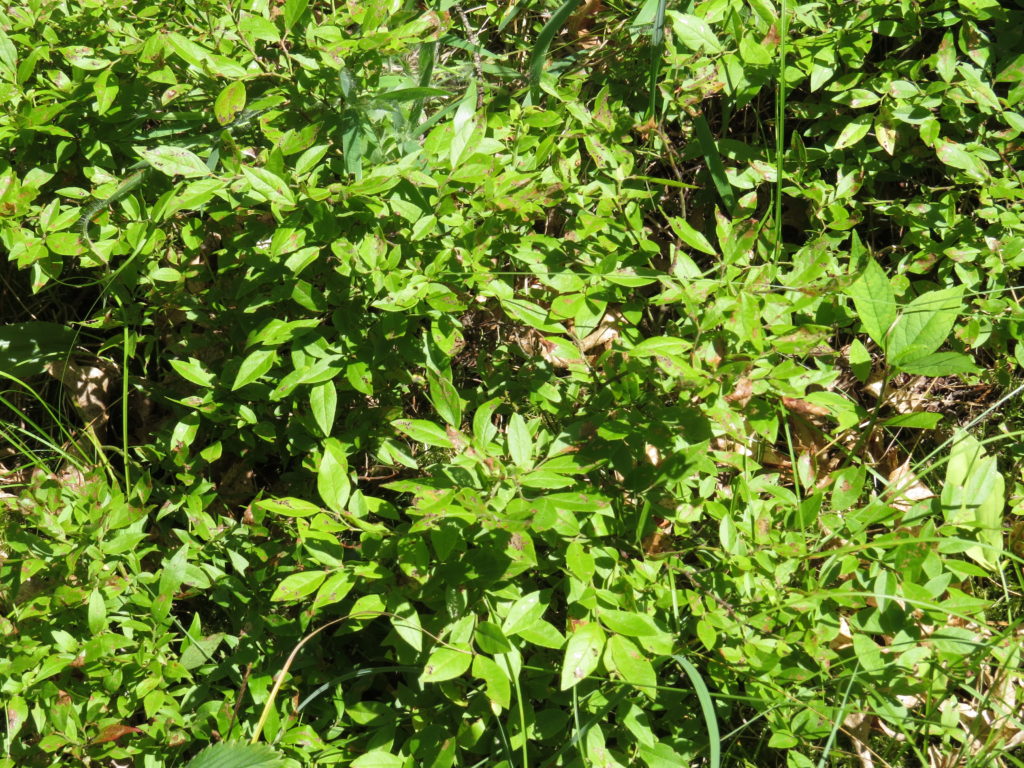
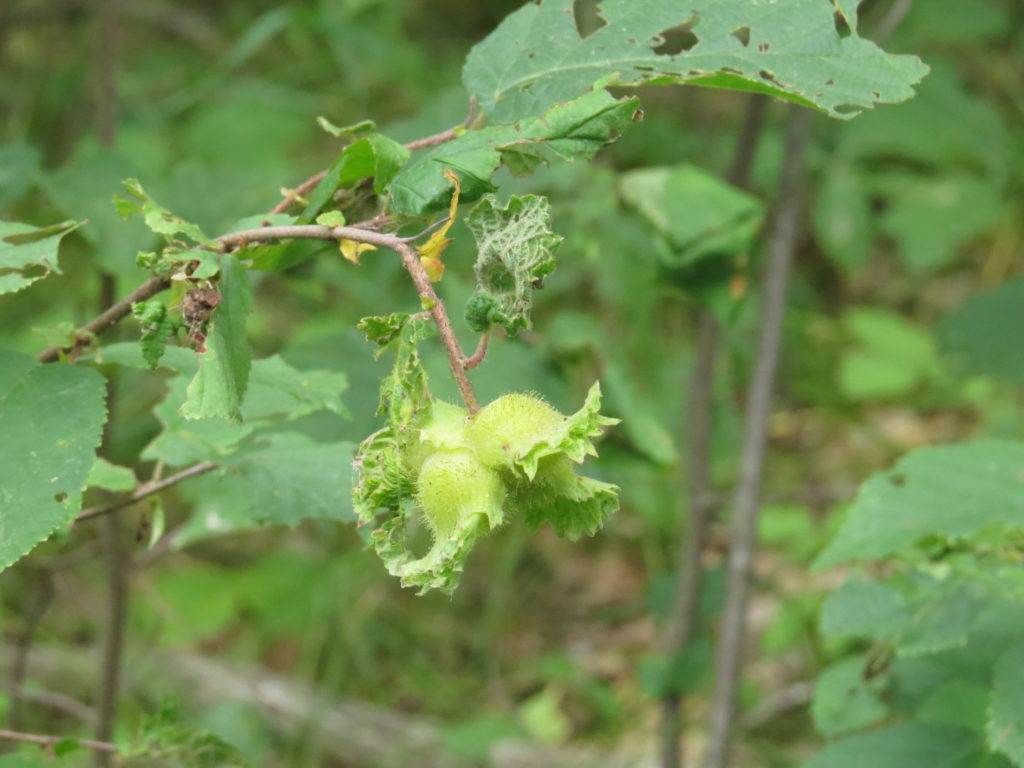
The terrain changed again as we continued north—there were more Maple trees, more undergrowth, more ferns—and then the mosquitoes started finding us. We hiked on a ridge between two wetlands, ferngullies on either side of us. The trail was definitely less traveled and no longer mowed. We had yet to see another person since leaving the Monet garden.
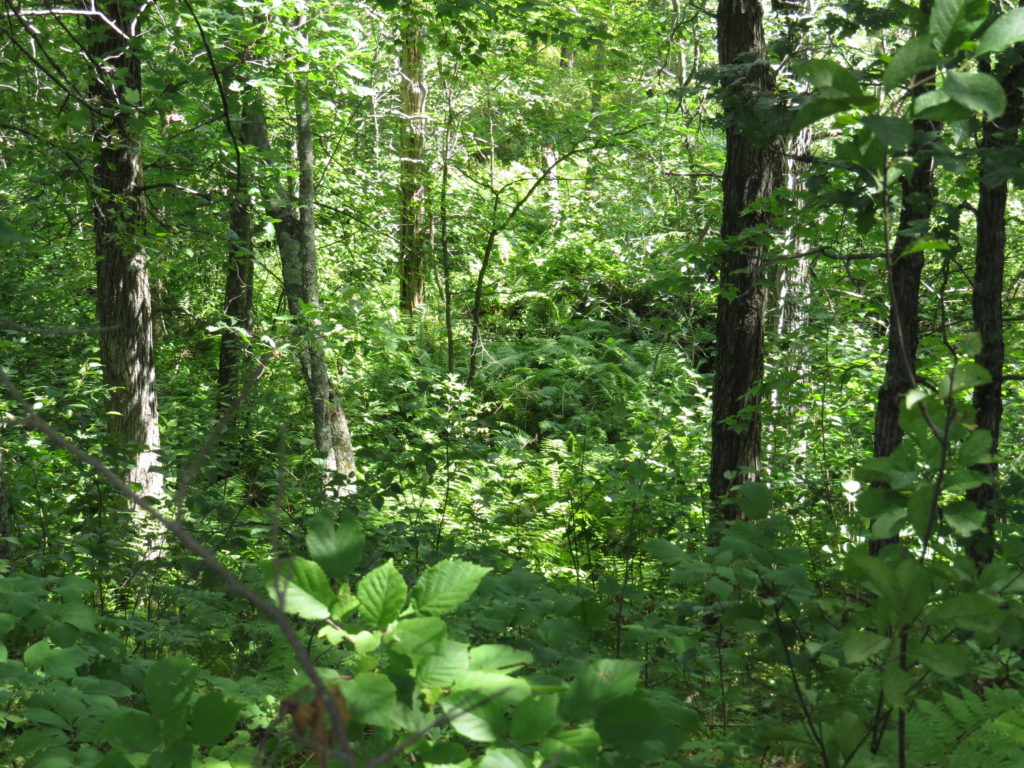
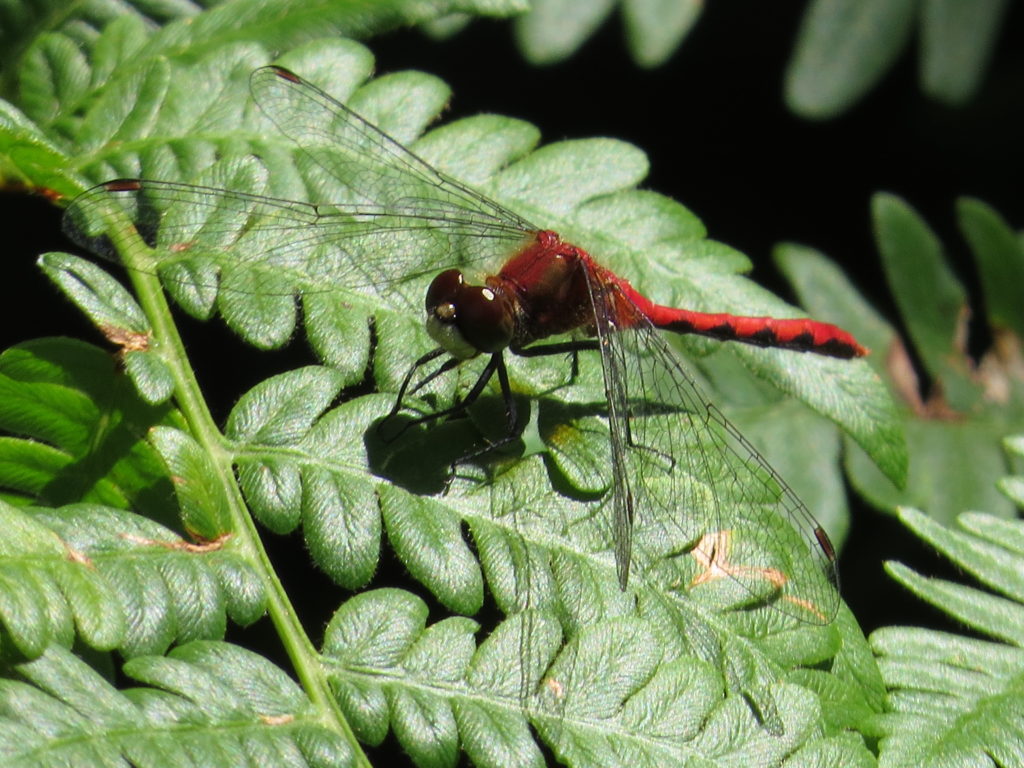
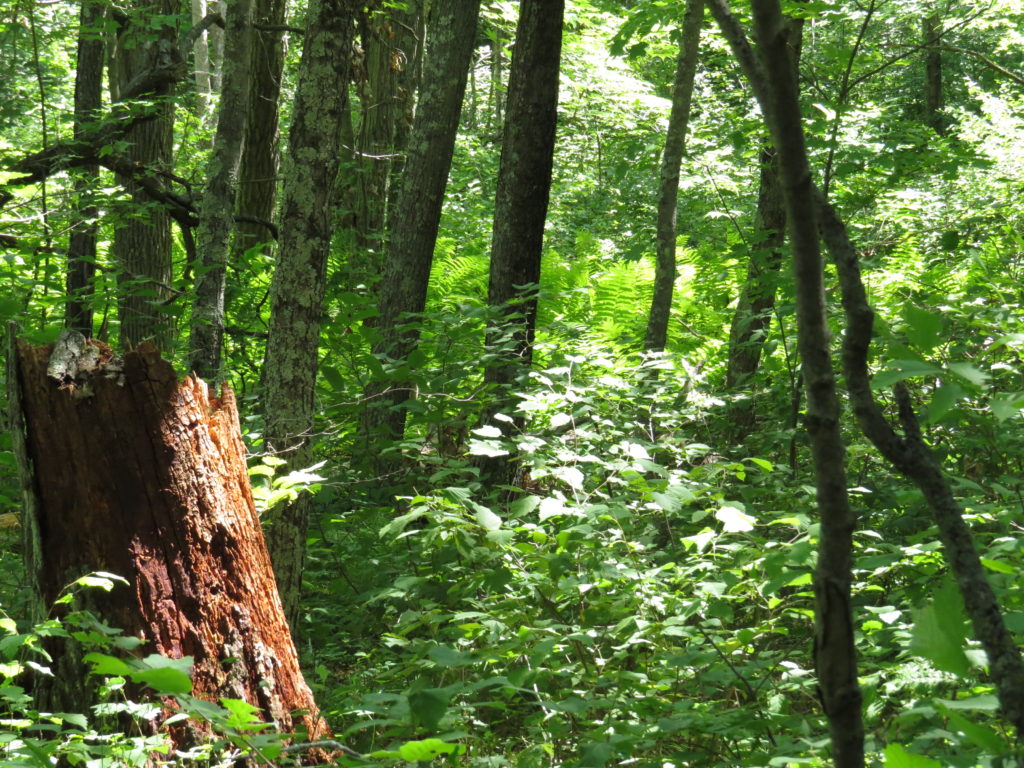
We swatted mosquitoes as we persisted to the Red Pine forest and an old homestead site, which turned out to be only an open area of the woods with a patch of raspberries bushes.
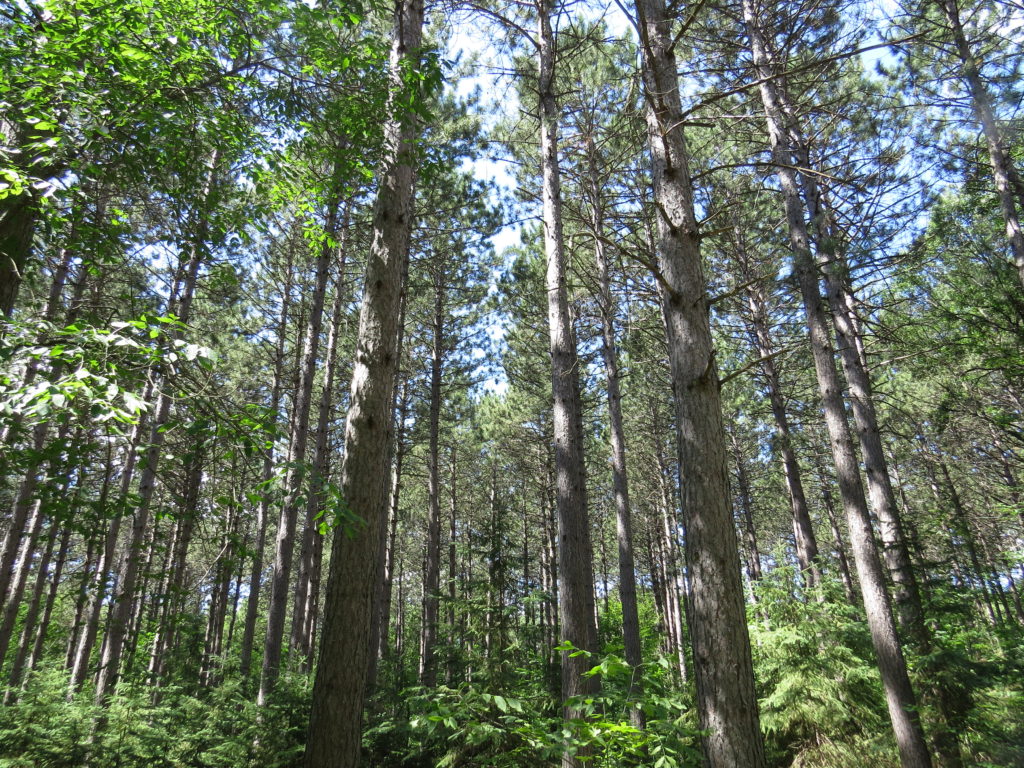
The mosquitoes persisted and called their friends, so we turned around before making the complete loop. It will be a great place to see in the fall or winter!
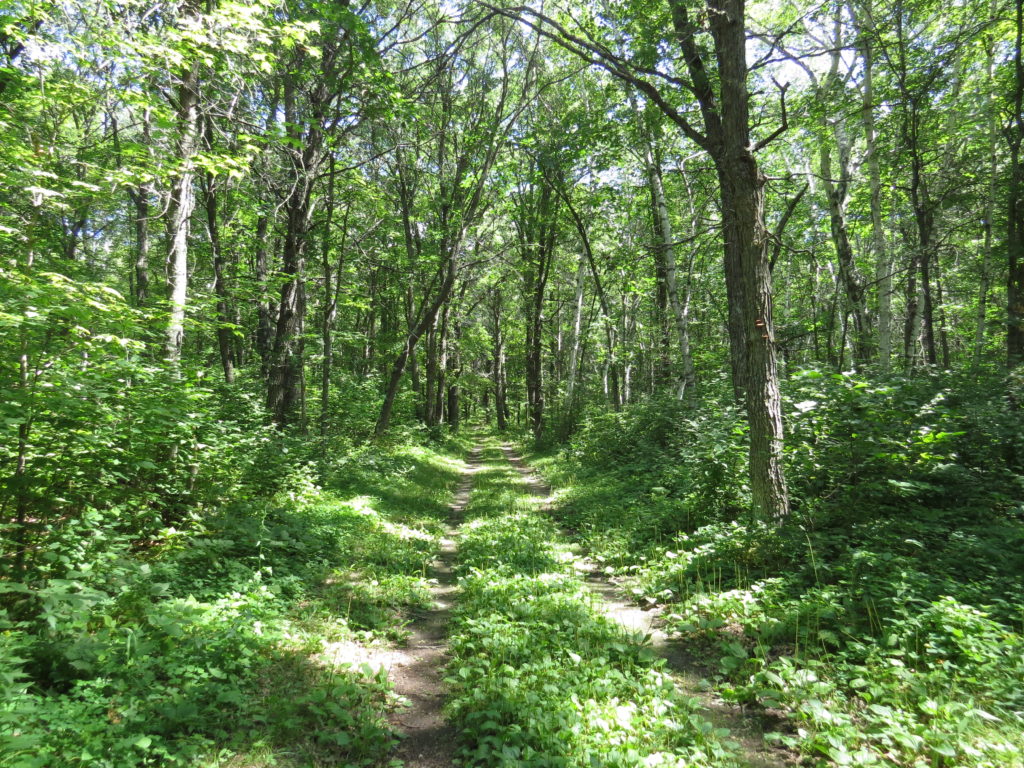
We returned to the visitor center area for our picnic and were greeted by a family with three young children who asked if we had seen the bear. The mom explained that the naturalist at the center had told them a mother bear and her cubs had been seen in the park! It is a good place for bears to live!
The arboretum map showed other gardens that we hadn’t seen yet—the Gazebo Garden where weddings have been held, the Secret Garden started by the Girl Scouts, and the Memory Garden—so after lunch we hiked to find them. It was a sobering scene. The once-beautiful gardens were neglected—granted, early August is tough on any garden—but shrubs were overgrown, the ground was dry, the grass and plants were browned, the weeds too prolific. Nobody would want to get married here at this time. Our disappointment was tempered by the reality that both of us, particularly Chris, knew: It’s hard work to keep a garden looking good. It takes many man-hours to keep ahead of the weeding, watering, trimming, planting, thinning, and replanting that is required for any public garden. It’s hard work, and it takes money. We did not see any gardeners and wondered if they relied wholly on volunteers, which of course has many challenges baked into that. We saw and appreciated the original ‘bones’ of the gardens—a beautiful terraced rock wall, a little pond, some wonderful plant specimens, and the enclosed walls of the Secret Garden, and at the same time we knew how much work it would take to get the gardens back to their original glory.
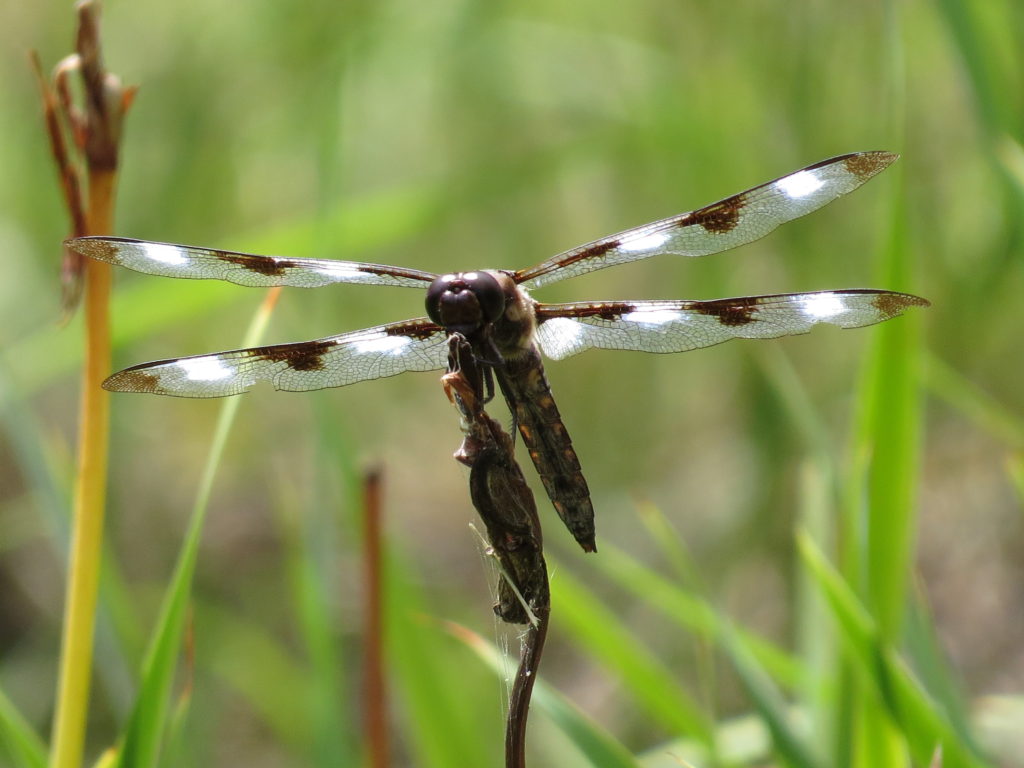
And now, back to Monet’s garden at Giverny. Claude Monet built his gardens in the late 1800’s—as he became more famous as a painter, he was able to spend more money on his plant material and help. At one point he hired seven gardeners to carry out his vision. In essence, he created his art over and over again—once with the creation of the garden and then with his method of painting where he painted the same scene many times in order to capture the changes in the light on any given day and the myriad changes that occur with the seasons. But after Monet died in 1926, things changed. His step daughter tried to keep the place going, but after WWII, the house and gardens fell into neglect and ruin. The bombings had shattered all the windows in the main house and the greenhouses. The floors and ceiling beams rotted away. The gardens were overgrown and wild. Restoration of Monet’s gardens began in 1977 with the help of many generous donors. The house and greenhouses were restored. The pond was re-dug, the gardens replanted, the famous bridge re-built. It took ten years to do so.
We found our way around the Northland Arboretum, from the newer, more cared-for buildings and gardens at the entrance to the wild Monet Garden to the even wilder trails into the deep woods and back to the neglected, older gardens. Life is like that. We have those beautiful shiny places that find their way to a post on social media, we have those shaggy places that show up in our everyday life routines, we have those often untraveled aspects of our lives that are bothersome and beautiful at the same time, and we have those once-beautiful but neglected places that need attention and care. And sometimes a bear shows up. “So we must dig and delve unceasingly.” Restoration is possible, no matter how overwhelming it seems. Each one of us can find a way to create our lives over and over again.